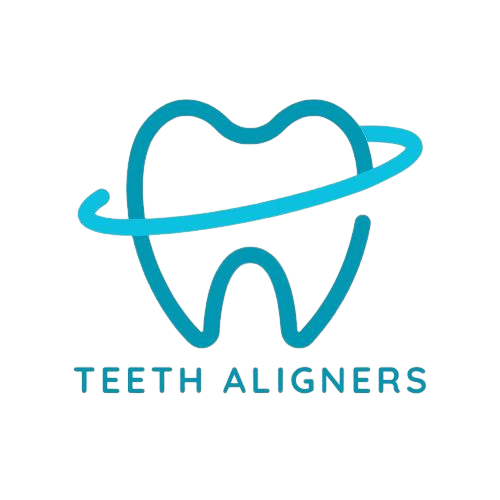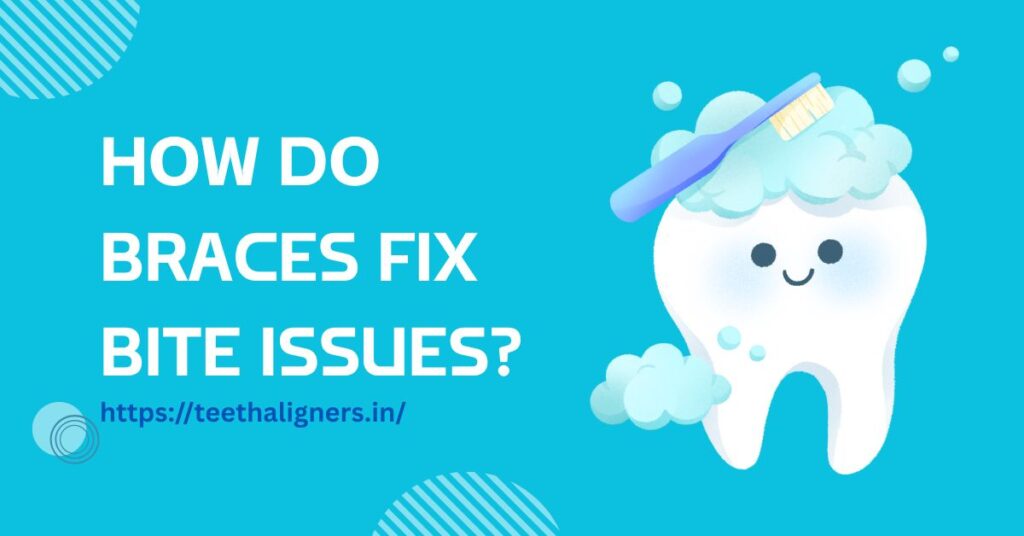When most people think about braces, the first thing that comes to mind is straight teeth and a better smile. But braces do much more than make teeth look attractive.
They also play a major role in fixing bite issues that affect the way the upper and lower teeth fit together. A healthy bite is essential not only for chewing food but also for speaking clearly and keeping the jaw in balance.
When the bite is off, it can lead to discomfort, long-term dental problems, and even changes in facial structure. That is why orthodontic treatment is about more than appearance,it’s about function and overall oral health.
Table of Contents
ToggleWhat Are Bite Issues?
A bite refers to how the upper and lower teeth meet when the mouth is closed. Ideally, the teeth should line up evenly, allowing for smooth chewing and speech. However, many people experience bite issues, also known as malocclusions. These occur when the teeth or jaws are misaligned.
An overbite is when the upper front teeth extend too far over the lower teeth. This is one of the most common bite issues and can cause both functional and cosmetic concerns. An underbite, on the other hand, happens when the lower teeth extend beyond the upper teeth, creating a reverse alignment.
A crossbite occurs when some of the upper teeth bite inside the lower teeth, which can affect chewing and even cause uneven wear. Finally, an open bite refers to a situation where the front teeth do not touch when the back teeth are closed, leaving a visible gap.
Each of these bite problems may seem different, but they all affect the health and function of the mouth. Left untreated, they can worsen over time and create bigger challenges. Thankfully, modern solutions like orthodontic plastic aligners provide a discreet and effective way to correct these bite issues without the need for traditional braces.
Why Bite Problems Matter
Bite issues go beyond how a smile looks. They can directly impact daily activities such as eating, speaking, and even breathing. For example, a child with a crossbite may have trouble chewing on one side, which puts extra pressure on certain teeth.
Over time, this uneven stress can lead to premature wear, cracks, or even gum problems.Speech is another area affected by bite alignment.
Certain sounds require the teeth and tongue to work together smoothly. When the teeth don’t line up properly, words may sound unclear, and this can affect confidence, especially in children and teenagers.
Jaw health is also a major concern. An improper bite places stress on the jaw joints and muscles, which can lead to headaches, jaw pain, or even temporomandibular joint (TMJ) disorders.
Beyond physical discomfort, untreated bite problems can cause self-esteem issues, as individuals may feel self-conscious about their appearance. Correcting the bite improves both oral health and quality of life.
How Do Braces Work to Fix Bite Issues?
The process of correcting bite problems with orthodontic treatment is both scientific and gradual. Teeth are not fixed in place permanently; they sit in bone and are held by ligaments. This means they can move when gentle, continuous pressure is applied.
That’s exactly how orthodontics works.Braces use brackets attached to each tooth and wires that connect those brackets. These wires are tightened and adjusted over time.
The steady pressure moves teeth into new positions, and the bone around them reshapes to support their new alignment. This process, though slow, is very effective in treating bite problems.
Correcting Overbites
An overbite can cause the upper front teeth to appear more prominent, and in severe cases, it can even affect the shape of the face. Orthodontists address overbites by adjusting the position of both the upper and lower teeth.
Wires and brackets gradually move the upper teeth back, while the lower teeth may be shifted forward. In some cases, elastic bands are used to pull the jaw into better alignment. The result is a balanced bite where the upper and lower teeth fit together properly.
Fixing Underbites
An underbite creates a noticeable imbalance because the lower jaw sticks out further than the upper jaw. This can affect chewing and speaking and often causes significant wear on the teeth. To correct this, orthodontists use a combination of braces and additional devices such as elastics or expanders.
These apply targeted pressure to bring the upper teeth forward and move the lower teeth back. While underbites may take longer to treat than other issues, the results bring both functional and aesthetic improvements.
Treating Crossbites
Crossbites can lead to one-sided chewing, uneven tooth wear, and even gum damage if not corrected. Orthodontists treat crossbites by widening the upper jaw with expanders when necessary and using braces to bring teeth into the correct alignment.
The goal is to make sure that all upper teeth fit properly outside the lower teeth, preventing complications and creating a balanced bite.
Addressing Open Bites
Open bites often develop because of habits like thumb-sucking or tongue thrusting. In these cases, the front teeth don’t meet when the mouth is closed, leaving a gap that can interfere with chewing and speech.
Braces, combined with elastics or special habit-breaking appliances, help close the gap. Over time, the teeth are guided into positions where the upper and lower front teeth meet correctly, restoring both function and appearance.

The Role of Growth and Age in Bite Correction
Age is an important factor in how quickly bite problems can be treated. Children and teenagers usually respond faster to orthodontic treatment because their jaws are still growing.
This makes it easier to guide the teeth and jaws into better positions. Adults, while still able to benefit from treatment, may require more time because their bones are no longer growing.
For example, in Delhi, more families are seeking early orthodontic care for children, knowing that starting treatment at the right age can shorten the process and lead to better results.
At the same time, adults in the city are increasingly choosing orthodontics to correct bite problems they have lived with for years, proving that it’s never too late to improve dental health.
What to Expect During Treatment
Bite correction is a journey that begins with a consultation. During this first step, the orthodontist examines the teeth, reviews X-rays, and creates a personalized treatment plan.
Once the braces are placed, the patient attends regular appointments where the orthodontist makes adjustments to the wires. These visits are crucial, as each adjustment keeps the teeth moving steadily toward their new positions.
Treatment length depends on the severity of the bite issue. On average, it can take anywhere from one to three years. During this period, patients need to take good care of their teeth, avoid certain foods, and maintain regular check-ups.
In Delhi, the demand for orthodontic treatment continues to grow, with patients of all ages choosing to invest in better oral health and improved confidence through bite correction.
Beyond Braces – Other Tools Orthodontists Use
While braces do most of the heavy lifting, orthodontists often use additional tools to achieve the best results. Rubber bands, for example, provide extra pressure to guide the jaws and teeth into proper alignment.
Expanders help widen a narrow upper jaw, particularly in younger patients whose bones are still flexible. Retainers, which are worn after braces are removed, keep the teeth from drifting back to their old positions.
These tools work alongside braces, creating a complete treatment plan that addresses both the teeth and the jaws. Every tool has a purpose, and together they create lasting results.
Real-Life Impact of Correcting Bite Problems
Fixing bite issues goes far beyond improving how a smile looks. The impact is seen in daily life. People find it easier to chew food properly, which improves digestion and overall health. Speech clarity often improves, boosting confidence in social and professional settings.
Patients also report less jaw discomfort and fewer headaches once their bite is corrected.Take the example of a teenager with an open bite who struggled to bite into certain foods and felt insecure when speaking in public.
After orthodontic treatment, the teeth met correctly, and the gap disappeared. Not only did eating become easier, but their self-esteem also improved dramatically. These transformations highlight the importance of addressing bite problems early and effectively.
Conclusion
Bite issues can affect chewing, speaking, jaw comfort, and even confidence. Orthodontic treatment gently guides teeth and jaws into better alignment, improving both function and appearance.
By addressing problems such as overbite, underbite, crossbite, and open bite, orthodontics restores balance and promotes long-term oral health.At Teeth Aligners in India, patients experience the life-changing benefits of correcting bite problems every day.
With the right treatment plan and consistent care, anyone can achieve a healthier and more confident smile that lasts a lifetime.

